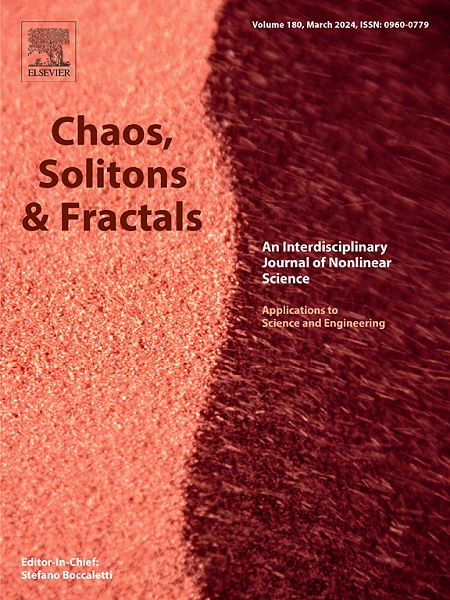Manifold-based multi-branch transfer learning for MI-EEG decoding
IF 5.3
1区 数学
Q1 MATHEMATICS, INTERDISCIPLINARY APPLICATIONS
引用次数: 0
Abstract
We present a novel decoding approach for motor imagery electroencephalograms (MI-EEG) in Brain-Computer Interface (BCI) systems, aiming to advance neurorehabilitation and human–computer interaction. However, due to the non-stationary properties and low signal-to-noise ratio of MI-EEG, as well as significant individual variability, achieving accurate cross-subject decoding remains a challenge for real-world applications. To address this, we propose a manifold-based data processing method combined with a multi-branch network and enhanced by transfer learning to improve cross-subject performance. First, we identify the frequency bands relevant to motor imagery tasks and align multi-band data on the Symmetric Positive Definite (SPD) manifold using the Log-Euclidean Metric (LEM), including both full-band data and motor imagery-specific frequency bands. We then reconstruct these data from the manifold using a low-rank representation (LRP). Finally, we use a multi-branch network to extract and fuse deep features from the various frequency bands. We validated our approach on the BCI Competition IV-2a dataset and our JS-MI dataset, demonstrating that our method excels in cross-subject MI-EEG decoding tasks, with average classification accuracies of 74.55% and 71.94%, respectively. Our findings highlight the potential of this approach to improve BCI applications and facilitate more effective neurorehabilitation and human–computer interaction through enhanced MI-EEG decoding.
用于 MI-EEG 解码的基于 Manifold 的多分支转移学习
我们提出了一种新的脑机接口(BCI)系统中运动图像脑电图(MI-EEG)解码方法,旨在促进神经康复和人机交互。然而,由于MI-EEG的非平稳特性和低信噪比,以及显著的个体可变性,实现准确的跨主体解码仍然是现实应用中的一个挑战。为了解决这个问题,我们提出了一种基于流形的数据处理方法,结合多分支网络,并通过迁移学习增强,以提高跨学科性能。首先,我们确定与运动成像任务相关的频段,并使用对数欧几里得度量(LEM)在对称正定(SPD)歧管上对齐多频段数据,包括全频段数据和运动图像特定频段。然后,我们使用低秩表示(LRP)从流形重构这些数据。最后,我们利用多分支网络从各个频带提取和融合深度特征。我们在BCI Competition IV-2a数据集和JS-MI数据集上验证了我们的方法,表明我们的方法在跨主题MI-EEG解码任务中表现出色,平均分类准确率分别为74.55%和71.94%。我们的研究结果强调了这种方法的潜力,通过增强MI-EEG解码来改善脑机接口的应用,促进更有效的神经康复和人机交互。
本文章由计算机程序翻译,如有差异,请以英文原文为准。
求助全文
约1分钟内获得全文
求助全文
来源期刊

Chaos Solitons & Fractals
物理-数学跨学科应用
CiteScore
13.20
自引率
10.30%
发文量
1087
审稿时长
9 months
期刊介绍:
Chaos, Solitons & Fractals strives to establish itself as a premier journal in the interdisciplinary realm of Nonlinear Science, Non-equilibrium, and Complex Phenomena. It welcomes submissions covering a broad spectrum of topics within this field, including dynamics, non-equilibrium processes in physics, chemistry, and geophysics, complex matter and networks, mathematical models, computational biology, applications to quantum and mesoscopic phenomena, fluctuations and random processes, self-organization, and social phenomena.
 求助内容:
求助内容: 应助结果提醒方式:
应助结果提醒方式:


